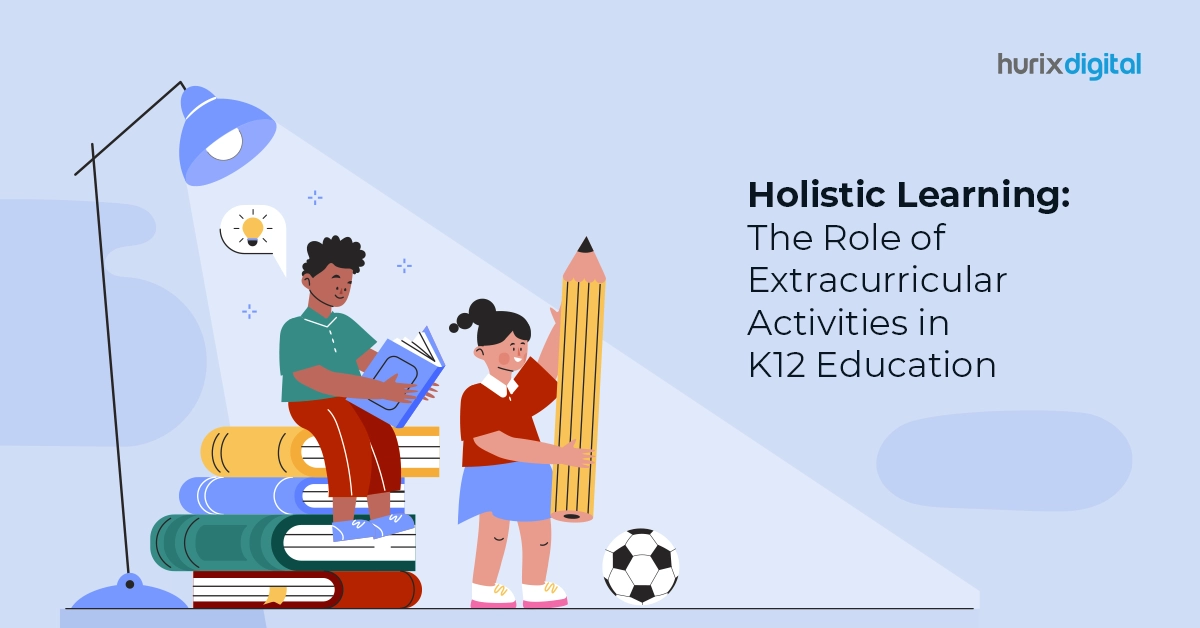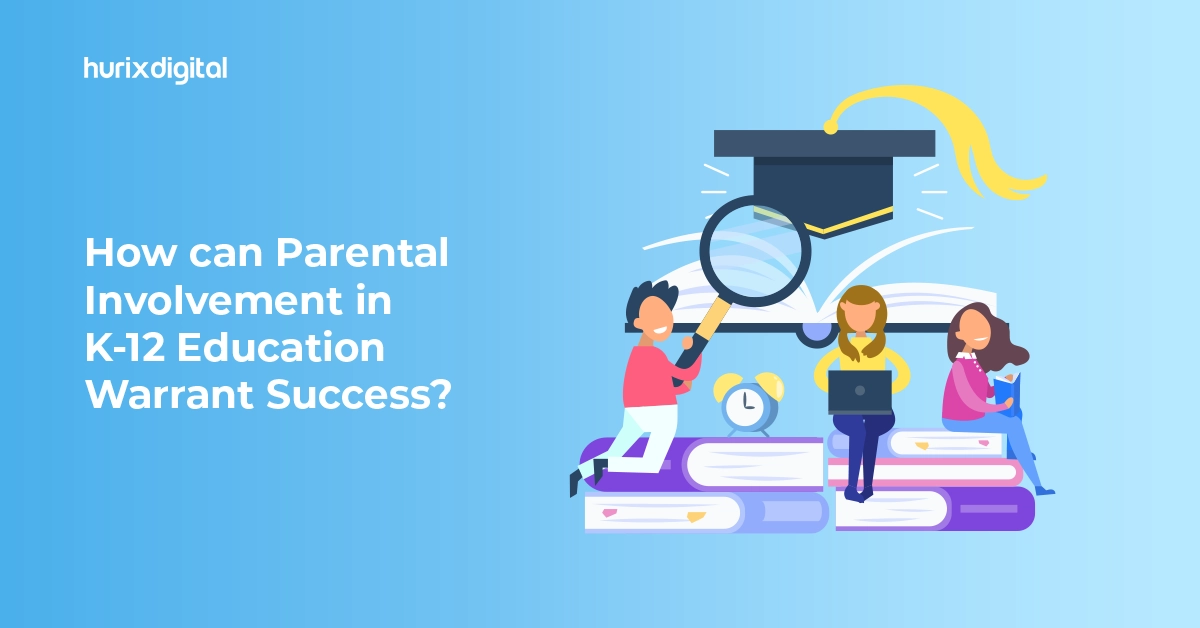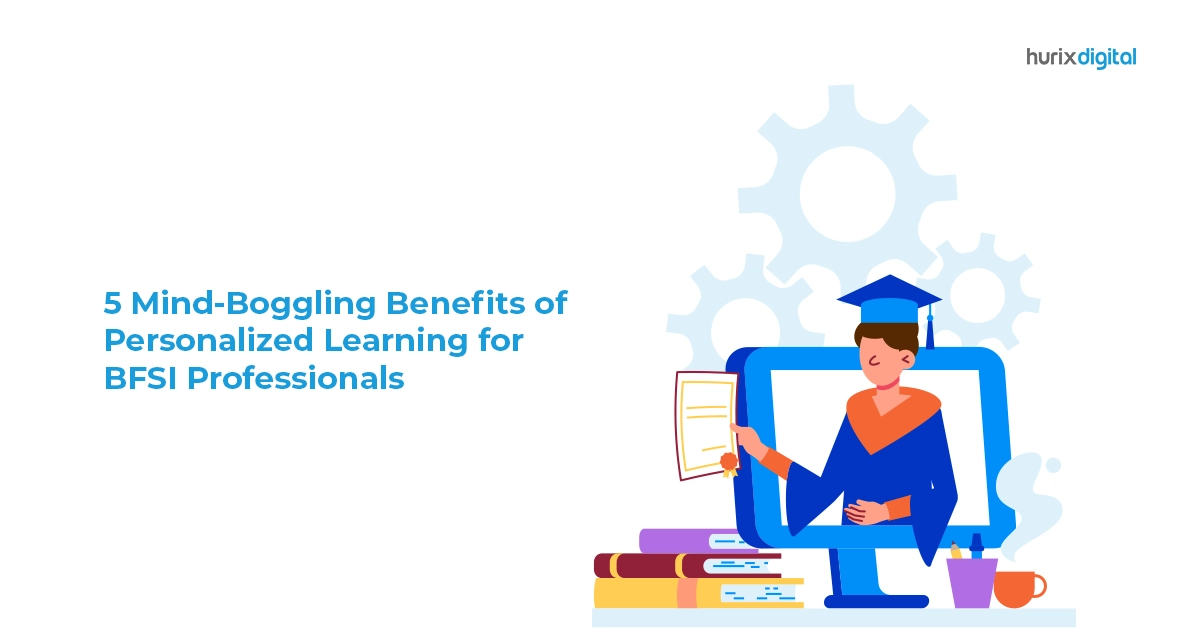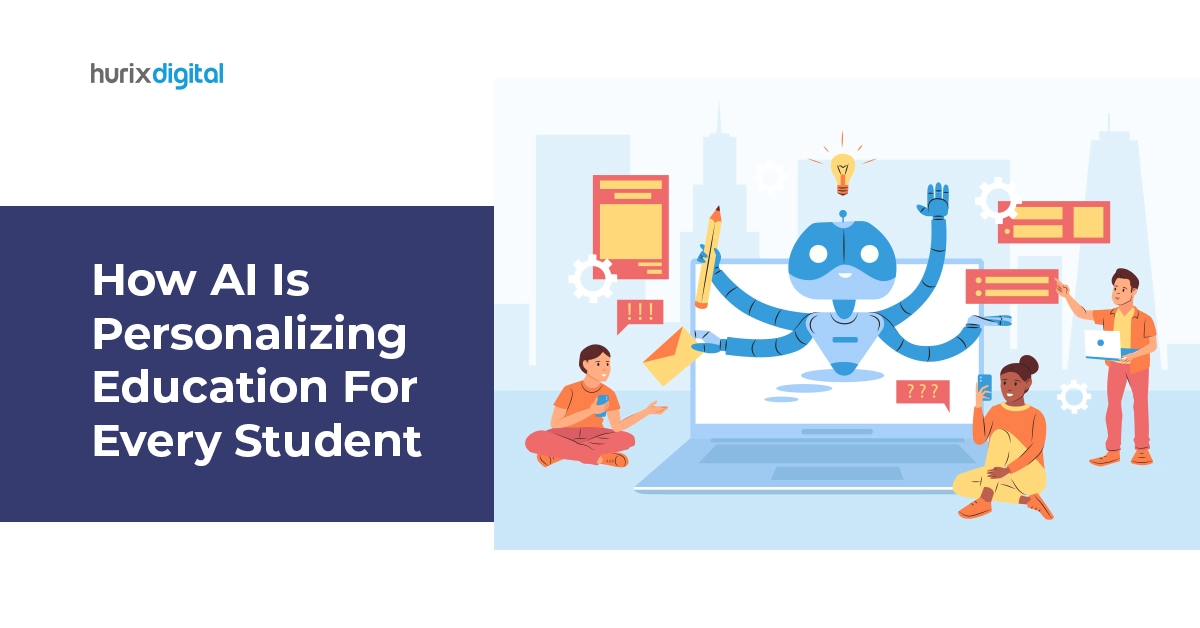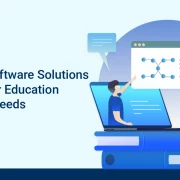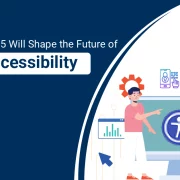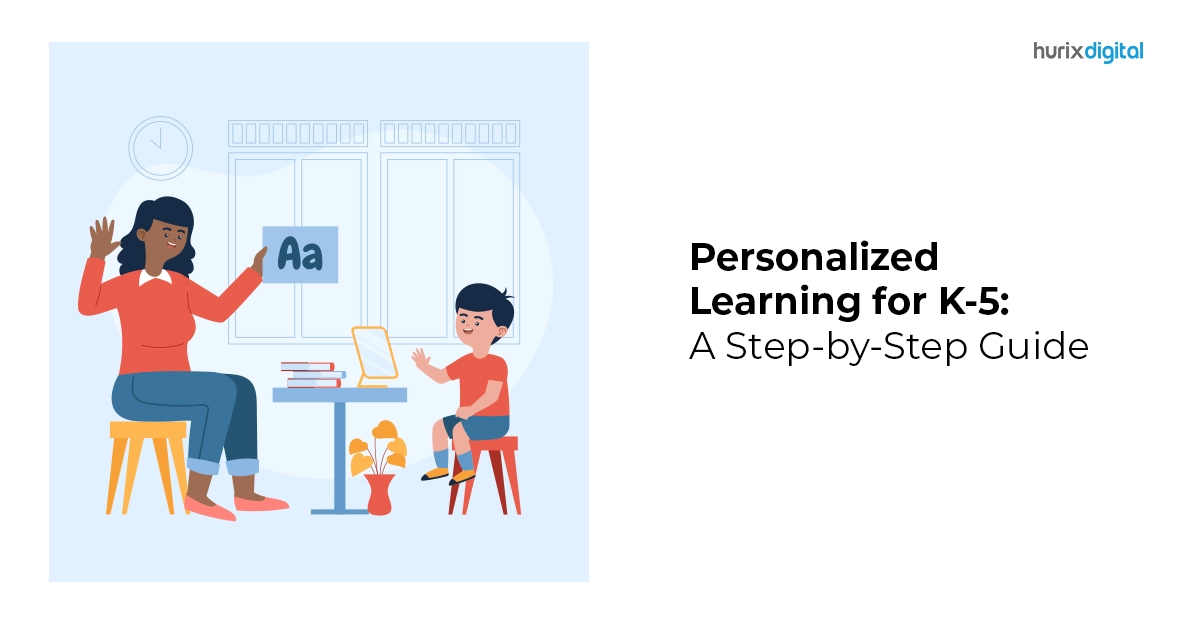
Personalized Learning for K-5: A Step-By-Step Guide
Summary
Get a comprehensive guide on implementing personalized learning strategies in K-5 education, focusing on tailoring instruction to meet each student’s unique needs.
K5 education is a crucial learning phase for growing children. While technology is playing a promising role in improving K5 education, only access to tech solutions does not guarantee growth. Educators need to leverage technology to design personalized learning experiences to meet each student’s specific learning needs.
It is now possible to design highly personalized learning experiences that can scale to fit the needs of individual students with the aid of contemporary technology like learning management systems and artificial intelligence.
This article outlines in-depth information about personalized learning, including what it is and how to successfully apply it to K5 education for improved learning outcomes.
Table of Contents:
- What Is Personalized Learning?
- What are the Benefits of Personalized Learning?
- How to Design Personalized Learning Strategies for K5 Education?
- Student-Teacher Collaboration for Curating Personal Learning Goals
- Integrate Multiple Learning Styles to Make Education More Accessible
- Ensure Immersive Learning Through Gamification
- Introduce Interactive Ebooks to Learn in the Classroom and Beyond
- Use E-learning Tools for Customized Feedback and Assessment
- Takeaway
What Is Personalized Learning?
Each student’s approach and rate of learning differ, and to achieve positive learning outcomes, schools must personalize programs to fit these unique needs. Personalized learning is an educational strategy that centers instruction on each student’s requirements, interests, and abilities.
While differentiated instruction is offered to each student depending on their unique learning attributes, the ultimate objective and academic requirements are the same.
Utilizing technology in education that adapts to each student’s skill level is essential to achieving this goal. Additionally, proponents of personalized learning are increasingly advocating for K5 education schools to support each student’s social, emotional, and physical growth.
What are the Benefits of Personalized Learning?
Several academic programs and educational institutions are implementing personalized learning for K5 education. Here are the top four advantages of personalized learning to help you understand why:
1. Improves Student Engagement
Adapting instruction to align with a student’s preferred learning style or optimal information consumption method can enhance engagement. For instance, some students prefer to learn through informational videos and audiobooks, while others prefer to read a textbook. This personalization may boost their desire to study, resulting in a more gratifying and joyful learning experience.
2. Ensures a Higher Knowledge Retention Rate
Personalized learning increases knowledge retention rates because students are more motivated and engaged. Further, personalization can align content with students’ abilities and requirements, making it more effective.
3. Promotes Self Advocacy Skills
One of the main advantages of personalized learning is that it gives students the individual attention they require to determine what they need to improve. They gain the confidence to speak out about the challenges they are facing.
Students become independent and gain self-advocacy when they are free to talk openly about their learning experiences.
4. Ensures Students Learn at Their Own Pace
Asynchronous delivery of personalized learning enables students to access the material at their speed and on their timetable. This adaptability might help students to learn according to their focus, frame of mind, and comfort.
Also Read: Creating Personalized Learning Experiences with K-12 Content Solutions
How to Design Personalized Learning Strategies for K5 Education?
Personalized learning is the future of education as it helps identify learning gaps in K5 students and curate appropriate remediation strategies.
1. Student-Teacher Collaboration for Curating Personal Learning Goals
Educators must combine the specifications of the course with the unique requirements and preferences of each student if they want to develop a successful personalized learning approach.
Short intermediate and long-term individual objectives for learning must now be developed by students and teachers in partnership. Expected outcomes must be precise and aligned with goals so that students can see a clearly defined course of action.
In addition, learning goals should ensure that students complete the lesson with a thorough comprehension of the important subject matter.
2. Integrate Multiple Learning Styles to Make Education More Accessible
Not every pupil has similar learning approaches or styles when it comes to online learning. This highlights how crucial it is to incorporate a variety of online training sessions and assignments into the instructional design of learning so that students can select the ones that best suit their needs.
Examples of personalized learning in the classroom include auditory learners choosing podcasts while visual learners view films to consume information, thus ensuring an accessible approach for all.
Thanks to this blended approach, every student can benefit from the course and design a personalized learning path most suited to their needs.
3. Ensure Immersive Learning Through Gamification
Research states that customized games enhance patience and willingness to take risks when played in a safe environment. They encourage innovation rather than passive learning.
Teachers of K5 education can quickly create games and group projects with the help of platforms like Hurix Digital and Adobe Captivate, providing them with a practical framework for a concept.
Gamification and virtual reality offer an immersive learning experience, encourage active participation, and help students resolve real-time challenges, providing ample scope for personalized learning.
4. Introduce Interactive Ebooks to Learn in the Classroom and Beyond
Your teachers can experiment with creating personalized learning material by using interactive ebooks. They consist of multimodal content in the form of videos, music, animation, graphics, etc.
Interactive ebooks take into account the various learning preferences of each student and integrate accessibility features (read-aloud, color contrast, etc.) to ensure that learning is engaging for all, including students with disabilities.
Interactive ebooks offer a variety of customization options in addition to unique K5 study material. The markup, lookup, and bookmarking functions are among the most important. Using these resources, students can tailor their unique educational experiences.
5. Use E-Learning Tools for Customized Feedback and Assessment
Online assessments are a crucial component of personalized learning as they assist teachers in monitoring student development, identifying shortcomings, and giving prompt feedback. It notifies pupils of the concepts they are mastering and those they need to review.
E-learning tools can help educators develop interactive assessments to ensure that they receive holistic feedback on student performance. For instance, online interactive formative assessments like MCQs embedded at the end of each chapter can:
- Deliver instant feedback.
- Help students fill in knowledge gaps before moving on to more complex topics.
- Help educators determine what teaching methodologies resonate better.
Also Read: How to Enable Personalized and Adaptive Learning in K-12 Education
Takeaway
K5 education is evolving, and a one-size-fits-all approach is outdated. Personalized learning is the solution for an elevated, improved, and inclusive learning experience.
Contact Hurix Digital to develop e-learning solutions that provide students with the finest education possible.
